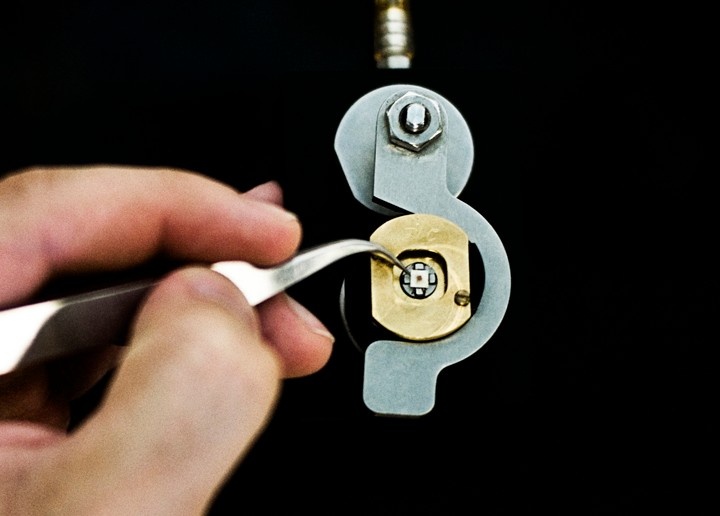AI and Digital Innovation
╠ř
SENSORS
ÔÇÖs team develops rugged sensors for the deep ocean, aiming to put the "lab-on-a-chip."╠ř╠ř
╠řdesigns innovative RF/microwave circuits/systems and antennas for a variety of applications, including sensors.╠ř
╠řinvestigates electronic materials and composites for use in energy storage/conversion, electronic memory and for creating sensor arrays for machine olfaction, combining a wide range of synthesis and characterization techniques to design and create the next generation of devices that will impact energy utilization and technology.╠řEnergy efficiency is a growing challenge in deploying AI systems, particularly for inference, which is critical in real-time applications such as fraud detection, personalized recommendations, and generative AI assistants.
Ghada Koleilat╠řdevelops nanomaterials that have applications in sensing as well as energy conversion.╠ř
Sustainable AI
Israat Haque╠řdevelops sustainable cloud and edge AI systems by combining system-level optimizations, e.g., dynamic resource management, with model-level strategies like parameter tuning and workload adaptation. Our approach balances energy consumption and performance, enabling the efficient and sustainable deployment of AI systems across diverse platforms.╠ř
╠řleads the╠ř╠řwhich investigates the bugs and failures of AI systems, conducts large-scale empirical studies to understand their challenges and intricacies better, and develops intelligent tools and methods to tackle them.╠ř
Frank Rudzicz╠řworks primarily in natural language processing, AI in healthcare, and in combinations of these two. He also works in machine learning more generally, including in topics related to bias, privacy, transparency, and safety.╠ř
╠řleads╠ř╠řthat extensively focuses on making artificial intelligence sustainable apart from software engineering topics. The research lab conducts exploratory research (such as╠ř╠řand╠ř) and develops tools (such as╠ř} and datasets (such as╠ř) on sustainable AI topics. Saurabhsingh Rajput focuses on improving the energy efficiency of AI models and sustainable software development by developing tools and techniques involving low-level energy profiling of software systems.╠ř

